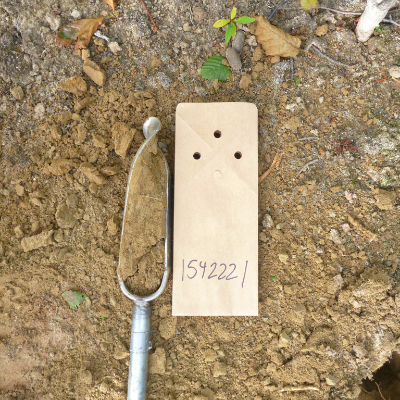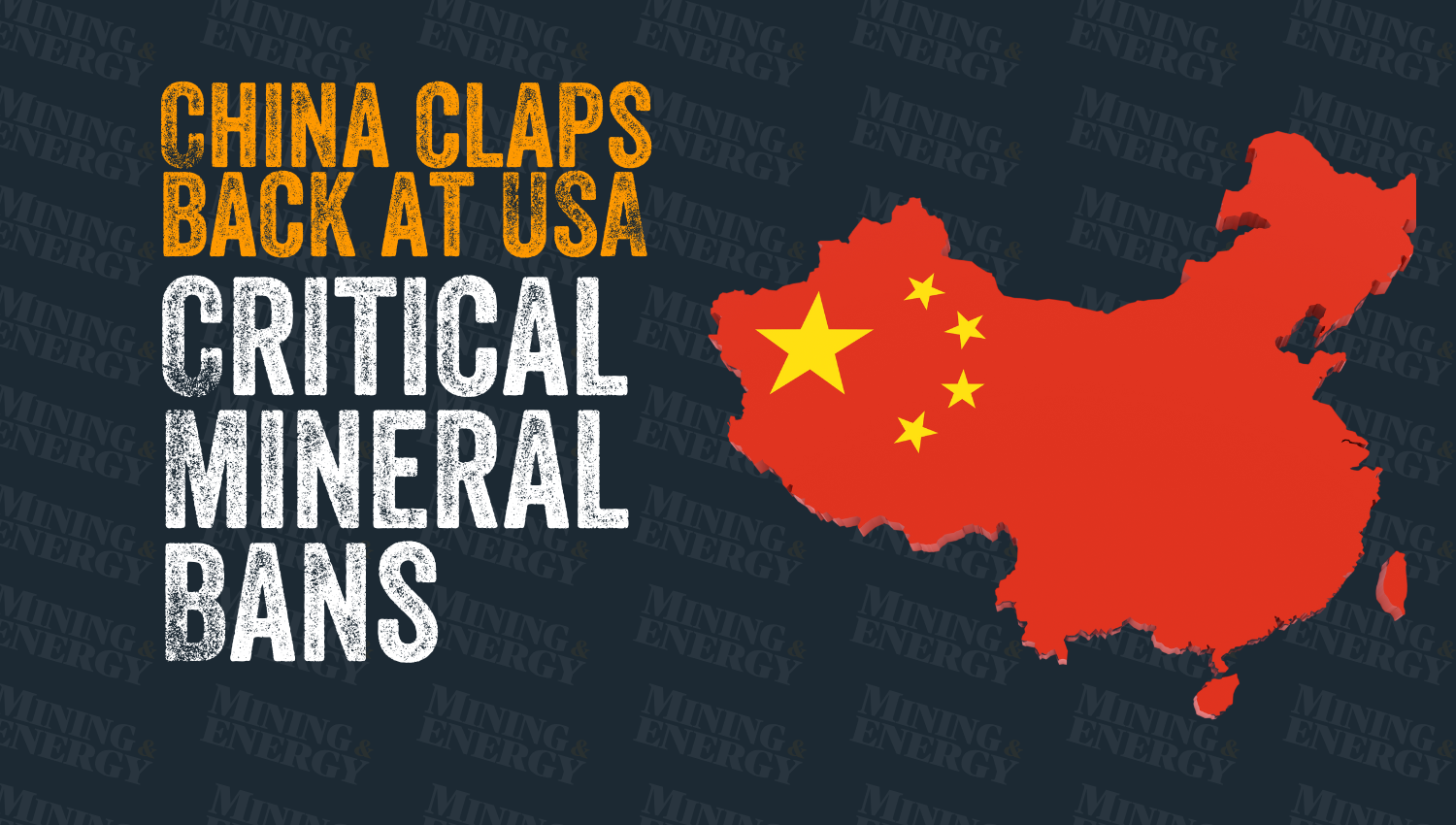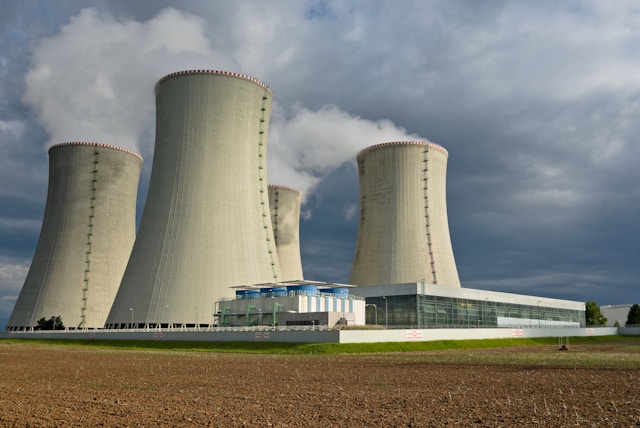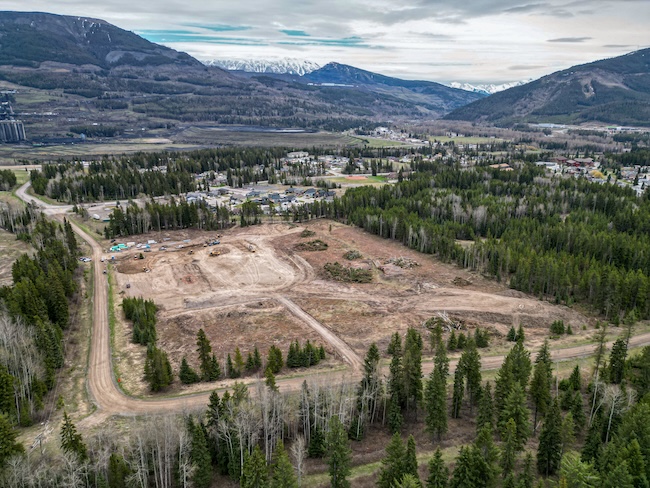What’s underground? Take a look at the trees to find minerals in the bedrock

An aerial shot of the Clear Lake property. — Photo courtesy Carl Schulze Usually one of the first steps when exploring for metals up in Yukon is to t
An aerial shot of the Clear Lake property. — Photo courtesy Carl Schulze
Usually one of the first steps when exploring for metals up in Yukon is to take soil samples, and whatever you find in the soil indicates what you’ll find underneath. In some parts of the territory, however, glaciers have scrubbed over the land and deposited a thick layer of till. This till has not only scraped off the original soil and masks the ground beneath, but typically contains a high percentage of material foreign to the immediate area. If you test it, you’ll be led astray. So how can you tell what metals are truly buried below?
Instead of digging further down, Darnley Bay Resources Ltd. turned in the other direction and looked up to the trees. In May 2016, the company acquired an option to purchase a property in Clear Lake, Yukon, located 225 kilometres north of Whitehorse. To identify and help define the property’s targets, it relied upon biogeochemical surveys—using tree samples instead of soil samples.
The survey was led by property owner Bernie Kreft. Kreft owns a small mineral exploration company that travels throughout Yukon and British Columbia. Although biogeochemistry has rarely been used in Yukon, “we’ve used the method a fair bit in B.C.,” said Kreft, “to some fairly good successes.”
A typical soil sample only reaches a couple of feet down, barely denting the glacial till. A tree, on the other hand, has roots that penetrate one or two metres down, sometimes even three. Plus it soaks up metals from circulating groundwater. If you test what metals are in the tree, the idea is that you’ll get a good picture of what metals are beneath it.
At Clear Lake, Kreft and his team first figured out what type of coniferous tree was the most common over the focus area: white spruce. They then figured out what part of the tree should be sampled; in this case, it was the tips of the branches. “The trees don’t really need the metals to live,” said Kreft, “so they kind of spit them out and the metals go out into the extremities. Also, when you’re walking through the forest, it’s pretty easy to grab a branch tip, or five, from a particular tree and stuff it into a bag.”
Once bagged, the tree samples were sent to an assay lab for testing. There they were burnt to ashes, which reduces most of the tree material and concentrates the remaining metals. The ashes were then analyzed using standard techniques. “It’s very similar to traditional soil sampling,” said Kreft. “It’s just that the medium is a lot different.”
To track the effectiveness of tree sampling versus soil sampling, the team used both methods at each site. When the results got back, they plotted and compared the data. The outcome? In the search for lead, zinc, silver, barium and iron, the biogeochemical results indicated a strong zinc presence, with moderate amounts of barium and silver. The soil samples showed weaker numbers. “It seemed to confirm that the biosamples were significantly more effective at identifying and defining the location of the deposits than the soil samples were,” Kreft said. “It was happy days.”
Now that it knows this type of sampling works, Darnley Bay Resources intends to do more of it on the Clear Lake property to further define targets. It will then undertake the expense of diamond drilling to drill boreholes into the earth and really nail down where the metals are concentrated in the bedrock.
So will biogeochemical sampling become common in Yukon? “Over the years, various people have tried to promote the applicability and effectiveness of biogeochemistry in Yukon, but sometimes change comes at a slow pace,” Kreft said.
One of the reasons is that about half the territory is free of glacial till, so soil sampling works fine. Another reason is that much of the mining and exploration is focused on gold, which doesn’t show up as well in biogeochemical samples as do some other metals. However, biogeochemical sampling remains a great option when circumstances align.
“It’s like that tool in the toolbox that gets used once in a while,” said Kreft. “In my mind, it’s a tremendous tool to use to solve the issue of how to see through the glacial till.”
Property details:
Clear Lake property details: 121 adjoining claims covering approximately 2,479 hectares
Clear Lake option acquired from Bernie Kreft: May 2016
Soil and tree testing performed by: All-Terrane Mineral Exploration Services
www.darnleybay.com
www.mineralexploration.ca
Property details:
Clear Lake property details: 121 adjoining claims covering approximately 2,479 hectares
Clear Lake option acquired from Bernie Kreft: May 2016
Soil and tree testing performed by: All-Terrane Mineral Exploration Services
www.darnleybay.com
www.mineralexploration.ca



